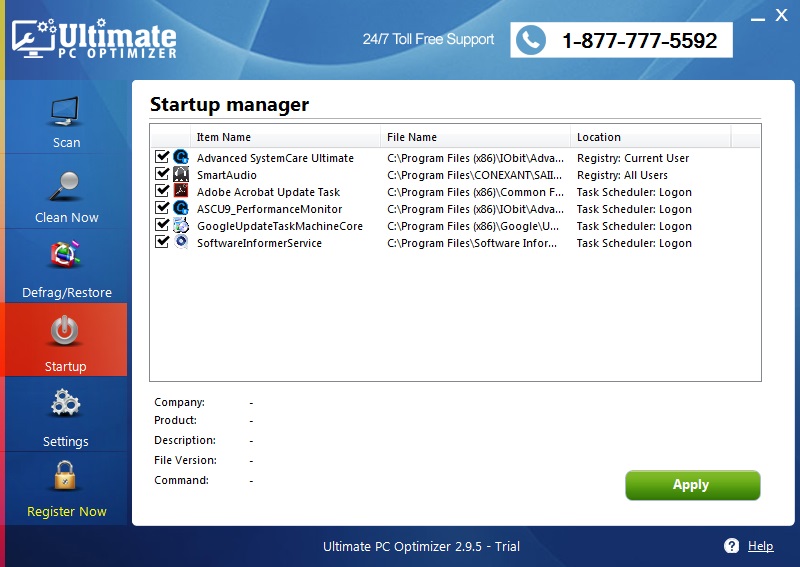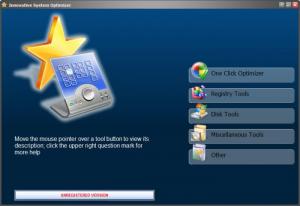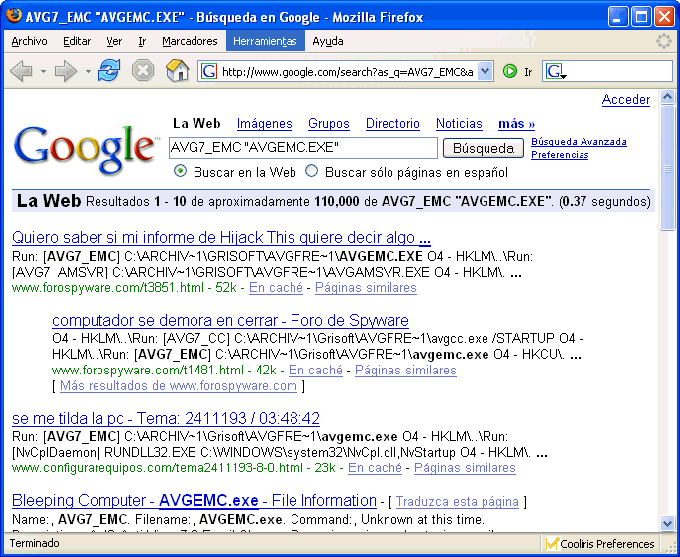

If you want to optimize more photos, you can join for free.

After you upload the photo, you can download the optimized photo. You can test their optimization by uploading a single photo. The site focuses on photos and optimizes JPEG files only.

The JPEGmini site claims that they will “put your photos on a diet”. Overall, I like the tool since it offers different versions of the image, and lets you choose the degree of optimization. Other images did not benefit from optimization, and some of the images were actually larger than the original. For some images, I was able to reduce file size by a sizable amount and still retain image clarity. I also tried to optimize a few GIFs, and the results were mixed. The image at 80% quality had a file size reduction of 22%, so that was a noticeable improvement in file size. The lowest level of quality – 10 – reduced the file size by 69%, but the quality was unacceptable! I found only the top 2 images in quality were acceptable – 80 and 90. I tried optimizing a JPEG, and it displayed 9 versions of the graphic with quality scores from 10 – 90. To optimize your image, just click the Optimize button, and you will be presented with various versions of the original graphic. The Dynamic Drive Image Optimizer allows you to enter a file from a URL or from your computer. If you have a WordPress site, you can install the plugin to optimize your images within WordPress. The Yahoo Developer Network doesn’t keep the files, so if you want to download the optimized images, you must do that right away. Just choose your file or files, and a list of the newly optimized files displays, available for download. The Yahoo Developer Network offers a service to upload individual or multiple files for optimization. Here are three tools that I tried and found useful. The tools mentioned below allow you to choose the degree of compression used to reduce the image file size. If you over-optimize your image, you might be left with a blurry image. Working with an image optimizer software can be a bit tricky since you must balance file size with image quality. But there are also free online tools that allow you to quickly optimize your images. Optimizing images improves the quality of your website by reducing page load times and improving the visitor’s user experience. Keeping your pages lean and fast will help you to tune up your website for SEO (search engine optimization). Image editors like Adobe Photoshop have great tools for optimizing images.


 0 kommentar(er)
0 kommentar(er)
